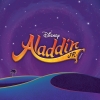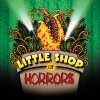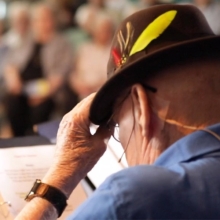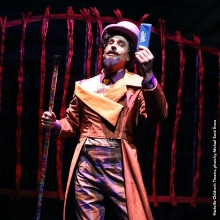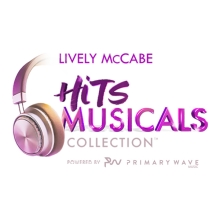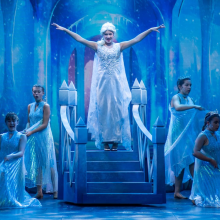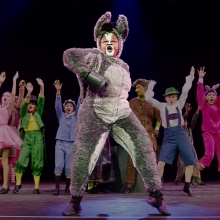Filichia Features: Broadway’s My Fair Lady – and Yours, Too?
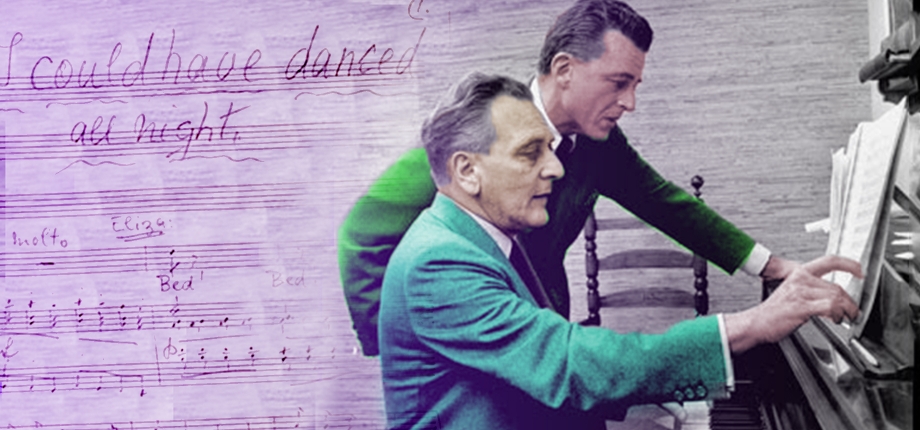
Filichia Features: Broadway’s My Fair Lady – and Yours, Too?
Does the title Fanfaroon sound like a smash-hit musical to you?
It’s a British word meaning “someone who blows his own horn.”
Fine – but as a title of a musical? A show with a similarly off-beat name – Flahooley – died in five weeks.
Nevertheless, Fanfaroon is what composer Frederick Loewe wanted to call his musical adaptation of Pygmalion until smarter heads – including his bookwriter-lyricist Alan Jay Lerner – decided on My Fair Lady.
What was heralded as the best musical of the 20th century is rarin’ to go in the 21st. The 166 musicals that opened after Oklahoma! would have loved to have broken its record as the longest-running musical in Broadway history, but My Fair Lady was the first one to do it.
The Lerner-and-Loewe masterpiece is scheduled for its fourth Broadway revival next April at Lincoln Center. Once again, phonetics expert Henry Higgins will endeavor to make Cockney flower-seller Eliza Doolittle into an elegant woman who can pass as a duchess. Indeed he does – but this “confirmed old bachelor” also winds up having deeper feelings for her than he would have imagined.
Perhaps your theater is far enough away from New York City that you won’t be considered competition for the 2018 Bartlett Sher production. If you can secure the rights, do a good job, and you might well have customers as loyal as Cole Porter. Believe it or not, once he saw My Fair Lady, he started reserving tickets for every Wednesday night just in case he felt like having a return visit -- which he often made.
Be careful, though, not to make your Henry Higgins a male chauvinist Pyg-malion. In Broadway’s Greatest Musicals, Abe Laufe states “Higgins’ vocal artificialities, his tantrums, his smug confidence, his aloofness toward Eliza and his snobbish contempt for her should have made him a despicable character, and yet Rex Harrison made the professor warm, alive and strangely sympathetic.” Words to live by!
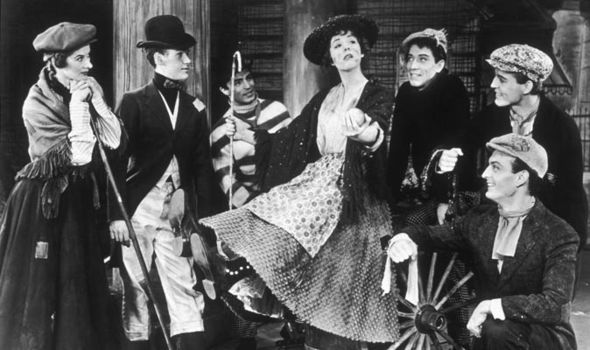 Origingal Broadway Cast of My Fairl Lady with Julie Andrews.
Origingal Broadway Cast of My Fairl Lady with Julie Andrews.
Higgins needn’t wait until “I’ve Grown Accustomed to Her Face” to show some emotion. In the 2001 London revival, when a now-educated Eliza asks Higgins “What’s to become of me?” Jonathan Pryce did answer “There’s nothing to worry about” but had an undercurrent in his voice that showed he wasn’t sure of that at all. Although Higgins is masterful at masking his feelings, here he started to display some.
At a 1982 community theater production in Casper, Wyoming, the actor portraying Alfred P. Doolittle -- Eliza’s father -- came into Higgins’ apartment and needlessly dusted off a chair before sitting in it. This could mean either that this working-man is accustomed to places where dusting is quite necessary or he was trying to make Higgins think he knew how to act in high society. Either way, the moment amused because it was centered in truth.
Pickering is usually cast as a harrumphing old-timer who could pass for the mustachioed and be-hatted Monopoly man. There’s no reason why you can’t make him trimmer and younger, as a 2011 production at the Shaw Festival in Canada did.
That 2001 London revival also had a good idea for its Pickering. Unlike the film, where we see a smiling Pickering enjoying Higgins’ “I’m an Ordinary Man,” here he was trying to read the newspaper and was quite annoyed by the pedant’s constant interruptions.
Your Eliza should have youth as well as talent. Shaw saw her as 18 – not far from the age that Julie Andrews was when Lerner and Loewe said, “You know, that kid in The Boy Friend might be good.”
Be kind to her if she has trouble with her Cockney accent. Andrews hails from England and even she couldn’t originally master it. She had to study with a tutor in order to ‘ave and ‘old the right tones.
May I now tell a story about my seeing the original Broadway production of My Fair Lady and its ramifications?
In the third scene, when Margot Moser’s Eliza cried and wiped her nose on her sleeve, a disgusted Higgins’ gave her his handkerchief which he implored her to use. Moser did – but not in the way that he’d anticipated, for she again wiped her nose on her sleeve -- and then mopped up the residue with his handkerchief.
I laughed heartily.
When I later saw the film version, I was astonished that Audrey Hepburn didn’t include this good gag. Some time would pass before I would realize that Moser must have come up with it.
In 1993, at the 50th anniversary party for Oklahoma!, I took my assigned seat at which point the woman next to me smiled and said “Hi! I’m Margot Moser.”
“Ah!” I said before posing the question you know that I’d ask. Moser seemed so pleased that someone had remembered and said proudly, “Yes, I added that.”
At the time, I was writing a new version of Let’s Put on a Musical and added Moser’s move to the My Fair Lady entry. Some time later, I received a letter from an Indiana actress who said she’d bought the book and was glad that she had -- for a community theater production had narrowed down its Elizas to her and another actress. On her third callback, the director chose this scene for her to read. And when she did Moser’s handkerchief bit – which he assumed was an improv – he gave her the part on the spot.
Moral of the story? If you’re auditioning for Eliza and are given that scene to read, do what your mother always told you: “Use your handkerchief!”
You may e-mail Peter at pfilichia@aol.com. Check out his weekly column each Monday at www.broadwayselect.com, Tuesday at www.masterworksbroadway.com and Friday at www.kritzerland.com. His book The Great Parade: Broadway’s Astonishing, Never-To-Be Forgotten 1963-1964 Season is now available at www.amazon.com.




